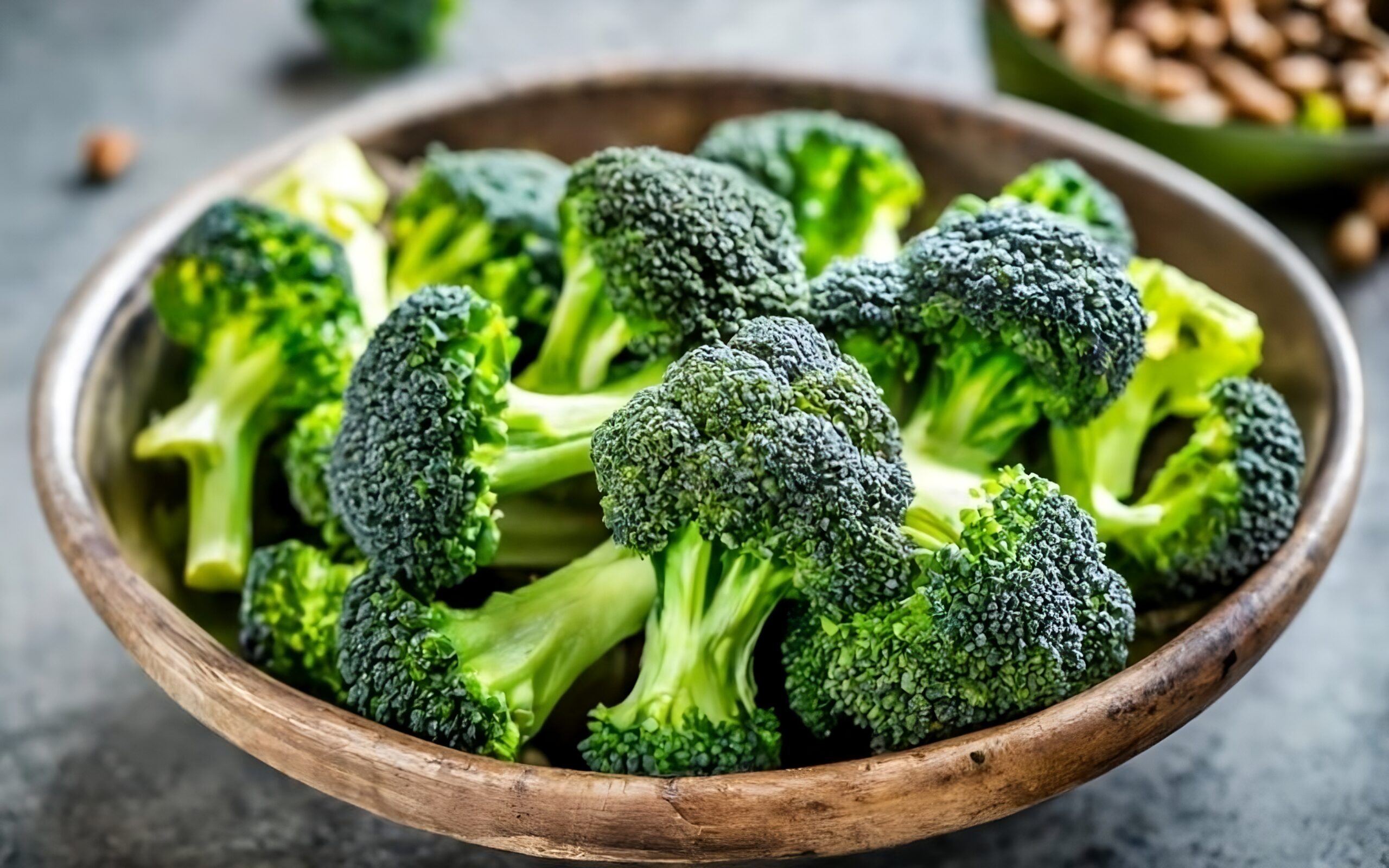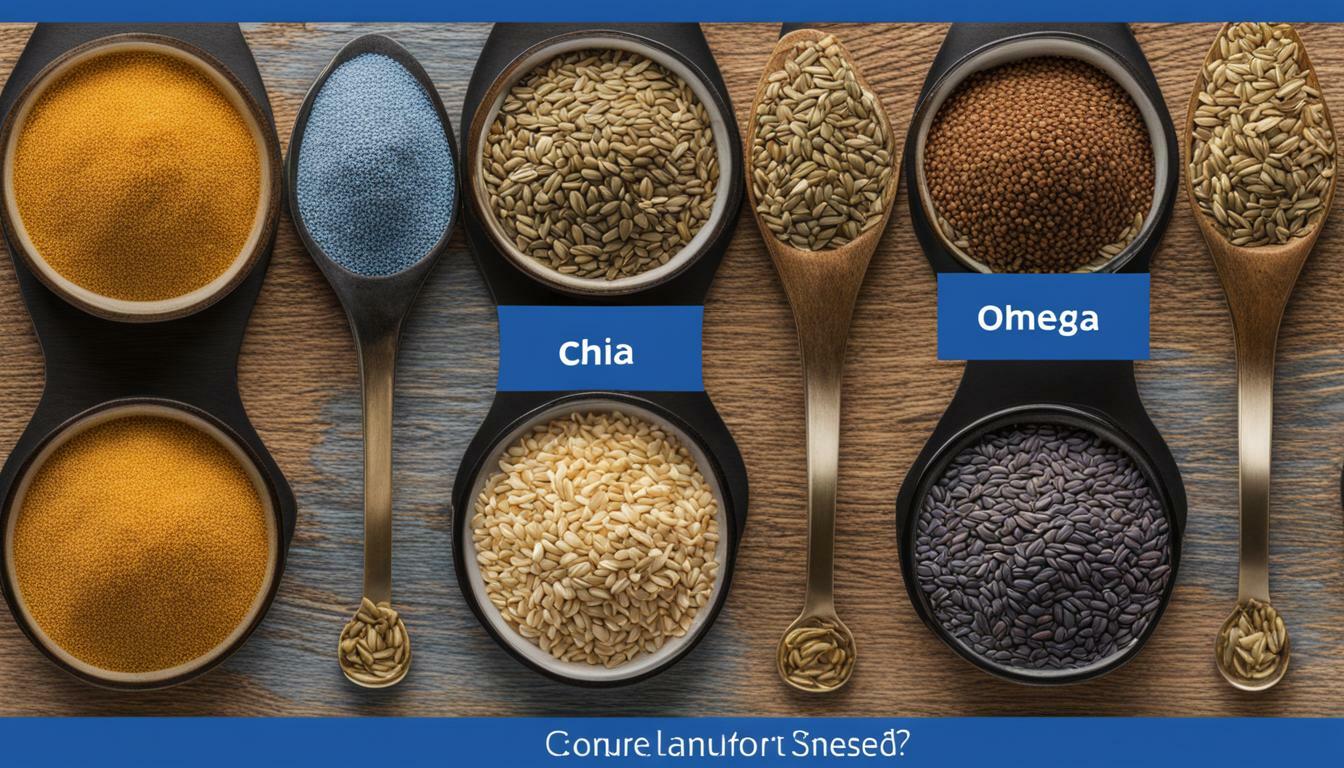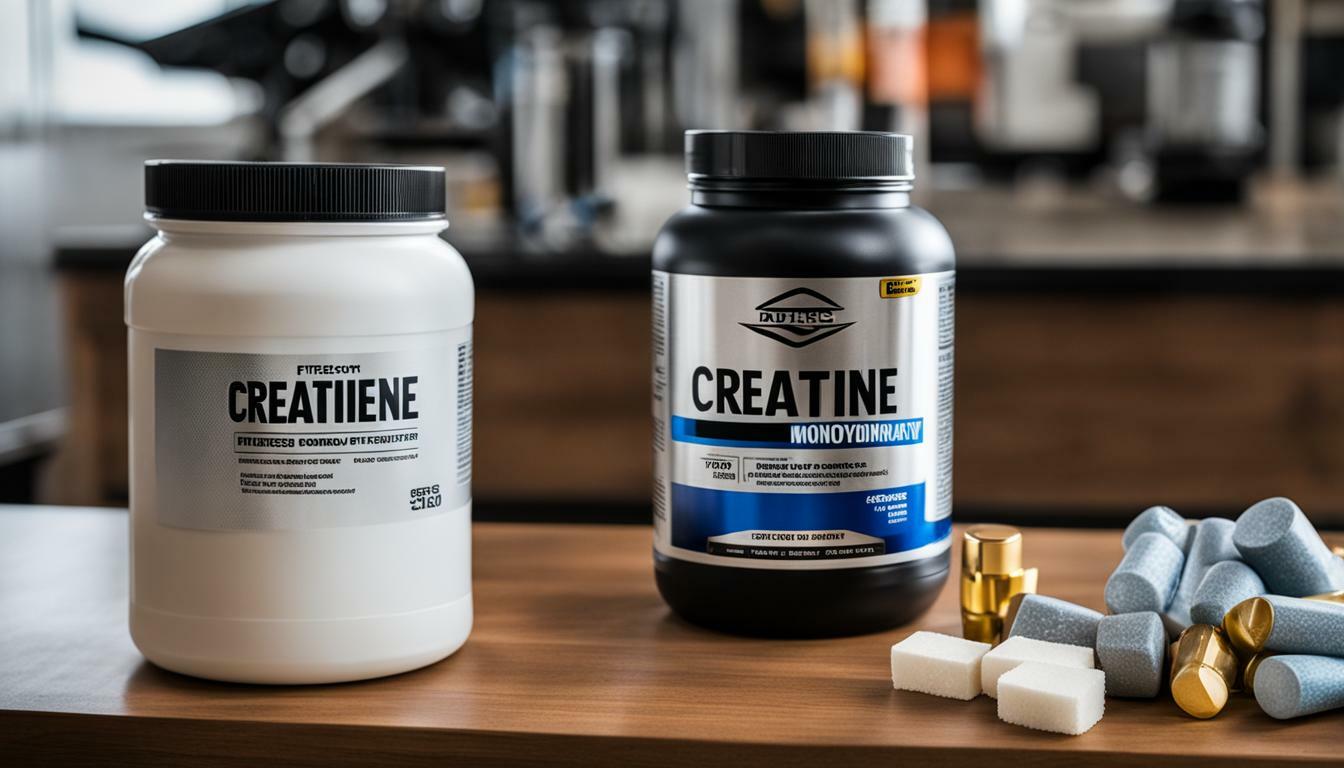A Quick Overview: Getting to Know Sulforaphane and DIM
In the fascinating world of phytochemicals, two compounds have been making quite a stir in health circles – sulforaphane and Diindolylmethane (DIM for short). Sulforaphane is a potent, naturally occurring compound found abundantly in cruciferous vegetables like broccoli, Brussels sprouts, and cabbages. It’s earned a reputation as a health superstar due to its powerful antioxidant properties and potential ability to combat certain types of cancer.
On the other hand, we have DIM. Just like sulforaphane, it’s also derived from cruciferous veggies.
However, DIM comes into being when we consume and digest indole-3-carbinol (I3C), another compound found in our leafy green friends. But unlike its phytochemical cousin, DIM has been most noted for its hormone regulating abilities – particularly in balancing estrogen levels – making it quite an interesting compound for those dealing with hormonal imbalances.
The Common Ground: United by the Power of Cruciferous Veggies
The world of vegetables is diverse and full of surprises. Yet amongst this vibrant variety, one group stands out as particularly beneficial for our health – cruciferous vegetables. From this group spring forth both sulforaphane and DIM.
Yes indeed! Both these compounds are birthed from these nutrient-rich veggies which include broccoli, cabbage, kale among others.
What makes these veggies so special? Well apart from being delicious (yes!
some people do find them tasty), they are loaded with vitamins (like A,C,K) iron & potassium plus fiber too! But where they really shine is their impressive array of plant chemicals known as phytochemicals – including glucosinolates.
It’s these glucosinolates that break down to create our health heroes – sulforaphane and DIM. So, whether it’s a plate of stir-fried broccoli or a crunchy kale salad, remember – you’re not just enjoying a meal; you are fueling your body with some seriously powerful compounds!
Sulforaphane: The Star of Broccoli
How Sulforaphane is Made: The Myrosinase Magic
In the verdant kingdom of cruciferous vegetables, sulforaphane shines as a star. To truly appreciate its brilliance, we must first delve into its genesis.
The birthplace of sulforaphane is not within the vegetable itself but lies waiting in two separate components – glucoraphanin and myrosinase enzyme. It’s only when these two components meet – usually when the plant tissue is damaged or chewed – that they react to create this potent compound, sulforaphane.
This process is often referred to as ‘the myrosinase magic.’ It’s a fascinating bit of food chemistry that illustrates how nature packs power into plants. Just think: with each bite of your broccoli spear, you’re setting off a marvelous chain reaction that synthesizes one of nature’s most potent health-boosting compounds!
Health Benefits Galore: Detoxification and Antioxidant Power
Sulforaphane takes center stage when it comes to detoxification and antioxidant power. This mighty molecule activates the body’s own natural pathways for detoxifying carcinogens before they can cause cellular damage. Imagine an army of microscopic soldiers defending your cells against harmful invaders—that’s what sulforaphane does.
Furthermore, it doesn’t stop at just cleanup; sulforaphane also bolsters the body’s antioxidant defenses by enhancing production of vital enzymes involved in neutralizing free radicals—those damaging particles that contribute to aging and disease. So essentially, with every forkful of broccoli, you’re arming your cellular soldiers and fortifying their defense systems!
Brain Health Booster: An Unsung Hero for Cognition
Beyond detoxification and antioxidants, there’s another compelling reason to praise sulforaphane: its potential as a brain health supporter. Research suggests that this dynamic compound may wield neuroprotective properties, helping to maintain cognitive function and protect against neurodegenerative conditions. Some studies even point towards sulforaphane’s potential in fostering neuroplasticity—the brain’s ability to rewire and adapt.
Who knew that humble cruciferous vegetables might harbor such potent cognitive protectors? Well, now you do – so pass the broccoli, please!
Anti-Cancer Potential: A Green Giant against the Big C
Perhaps one of the most researched aspects of sulforaphane is its anti-cancer potential. Its modus operandi? It seems to work on a genetic level, influencing the expression of genes involved in cancer development and proliferation.
Studies have identified sulforaphane as a formidable opponent against several types of cancers—breast, prostate, colon and more—by triggering apoptosis (cell death) in malignant cells without harming normal ones. This ‘smart’ selective action makes it an intriguing subject for further exploration in cancer research.
Best Sources and Supplement Considerations: Harnessing Sulforaphane’s Power
So where can you find this powerhouse compound? Well, broccoli is indeed a top source—but not all broccoli is equal when it comes to sulforaphane content. Raw or lightly steamed broccoli sprouts are your best bet as they contain up to 100 times more glucoraphanin than mature plants.
When looking for supplements—which can be a practical choice for those who can’t stomach enough veggies—make sure they contain ‘myrosinase-activated’ labels or have ‘broccoli sprout extract’ listed high up in their ingredients. This ensures you get the most bang for your buck by allowing maximum conversion into active sulforaphane.
DIM (Diindolylmethane): More than just a Compound in Cabbage
While the accolades of sulforaphane are noteworthy, it would be remiss to overlook another potent compound found alongside it in our beloved cruciferous vegetables – Diindolylmethane, or DIM for short. Far from being just a cabbage’s sidekick, DIM has its own repertoire of health benefits that make it deserving of our attention. From hormone regulation to cancer prevention, this hefty molecule is more than just a tongue twister.
Characterized by its distinct bitter taste and an infamous reputation for producing foul-smelling flatulence in over-enthusiastic consumers, these plants’ superpower lies within their complex chemistry. But before we delve into the health-enhancing properties of DIM, let’s begin with its fascinating creation story.
Turning Water into Wine: The Transformation from Indole-3-Carbinol to DIM
The journey of DIM begins with its not-so-distant relative called indole-3-carbinol (I3C). As you munch on your Brussels sprouts or broccoli, chewing and stomach acid transform I3C into several products, one of which is our celebrated compound – Diindolylmethane. This process involves a beautiful symphony of enzymes and heat working together like culinary artists perfecting their masterpiece in nature’s kitchen.
In essence, the magic happens when you cook your veggies or chew them raw— breaking down the cell walls liberates compounds like I3C that metamorphose into beneficial entities such as DIM. Now that we understand how this powerful compound comes to be let’s illuminate what makes it so special.
Hormone Harmony: How DIM Regulates Hormonal Equilibrium
DIM plays a vital role in modulating our hormonal balance, particularly around estrogen. It’s akin to a maestro conducting a harmonious symphony of hormones.
DIM influences how estrogen is metabolized in the body— steering it away from harmful pathways and nudging it towards safer routes. This unique quality makes DIM beneficial for conditions linked with estrogen imbalance, such as premenstrual syndrome (PMS), endometriosis, fibroids, and even certain hormonal cancers.
The compound’s ability to promote an optimal ratio of ‘good’ to ‘bad’ estrogen metabolites is particularly crucial for women’s health but let’s not leave out the gents here. Men can also benefit from improved regulation of testosterone and estrogen balance – fostering better mood, energy levels, and overall well-being.
Your Immune System’s Ally: The Supportive Role of DIM
DIM also makes a noteworthy contribution to bolstering our immune defenses. It functions as an immunomodulator— essentially acting like a personal trainer for your immune system— helping it stay strong and ready for action while preventing it from becoming overzealous and causing collateral damage.
In addition to keeping your immune warriors fit as fiddles, DIM can promote healthy inflammation response —an essential aspect of healing after physical injury or infection. When you consider how central the immune system is to our overall health, you begin to appreciate why this compound found in everyday veggies could be such a game-changer.
Guarding Against The Big C: DIM As A Potential Cancer Fighter
Research shows that DIM may hold promise as a potent agent against cancer. One way it accomplishes this is by promoting apoptosis – scientific jargon for programmed cell death – especially in abnormal or cancerous cells.
While helping maintain the life cycle balance within our bodies by controlling cell death may sound a bit morbid, it’s actually vital for preventing rogue cells from growing out of control and forming tumors. This natural born cancer fighter also inhibits angiogenesis- the formation of new blood vessels.
While this is crucial for wound healing and normal growth, some cancer cells hijack this process to supply themselves with nutrients. By putting the brakes on this, DIM can help starve cancer cells while ensuring that healthy ones have all they need.
Dishing Up DIM: Where to Find It and Supplement Suggestions
Cruciferous vegetables like broccoli, cabbage, Brussels sprouts and kale are your go-to sources for DIM. However, depending on how they’re prepared or how much you consume, the bioavailability can vary substantially.
If you’re not a fan of eating these veggies daily or if you find it difficult to consume them in substantial quantities necessary for therapeutic effects, fret not! Supplements are available on the market and offer a simple way to ensure consistent intake.
When looking at supplement options, consider those with active forms of DIM in its absorbable state— these have been formulated for optimal absorption and efficacy. It’s always wise to talk with your healthcare professional before starting any supplement regimen as they can provide personalized advice based on your unique health situation.
The Showdown: Comparing Sulforaphane and DIM
Familiar Faces in the Cruciferous Family
Let’s start with the commonalities. Both sulforaphane and DIM hail from the verdant universe of cruciferous vegetables, a family that includes power players like broccoli, cabbage, cauliflower, and kale.
They’re produced when these veggies are crushed or chewed – nature’s way of kick-starting biochemical reactions. But it doesn’t stop there; these compounds both share a reputation for being potential cancer-fighting powerhouses, thanks to their respective abilities to combat oxidative stress and modulate hormone levels.
Beyond those similarities though is where things get interesting. While they may have been born from the same green parents, they’ve matured into different compounds with their own unique profiles and benefits.
Unique Profiles: Not All Compounds Are Created Equal
Despite both being products of cruciferous veggies, sulforaphane and DIM couldn’t be more different in their journey towards creation. Sulforaphane is made when an enzyme called myrosinase converts glucoraphanin – a compound found in high amounts in broccoli sprouts – into sulforaphane.
This sprout-specific process explains why you’ll often hear nutritionists wax lyrical about the health benefits of consuming raw broccoli sprouts. On the other hand, DIM is crafted through our body’s digestion of another compound called indole-3-carbinol (I3C).
This occurs when we munch on crucifers that contain I3C like cabbage or Brussels sprouts. Not only do they take unique paths to existence, but their health benefits also diverge subtly yet significantly.
Sulforaphane shines as an antioxidant maestro perfect for detoxification duties while boosting brain health through its neuroprotective capabilities. Alternatively, DIM stands as a hormone regulation hero, particularly concerning estrogen, and also shows prowess as an immune system supporter.
So there you have it: two cruciferous compounds-cum-health champions with shared origins but distinctive journeys and benefits. Tune into what your body needs, and let that guide your green grocery picks!
Conclusion: Which one should you choose? It’s not a competition!
In the high-stakes game of bodily well-being, it’s easy to pit these two potent phytonutrients against each other. But remember, this isn’t a match where only one emerges victorious. Sulforaphane shines in its antioxidant and detoxification capabilities, while DIM plays the lead role in hormone regulation. They’re like two gifted dancers performing different yet equally mesmerizing routines – there is no need to choose between them based purely on their individual prowess. Think of sulforaphane and DIM as complementary partners in your health journey rather than opposing forces vying for your attention. The combined power of these two compounds provides a more comprehensive approach towards enhancing overall health and wellbeing. So instead of asking ‘which one should I choose?’, perhaps the question should be ‘how can we make both dance together beautifully inside our bodies?’
Tailoring Your Choices: Dance to Your Own Health Rhythm
Your unique cocktail of genetics, lifestyle choices, and personal health goals make you an individual masterpiece. When it comes to nourishing that masterpiece with nature’s bounty, the same rule applies: there’s no one-size-fits-all solution.
Perhaps you’re seeking brain health support or an antioxidant boost – sulforaphane might just be your prime choice then. Or maybe hormonal balance is your focus – DIM seems eager to rise up to that challenge.
Whichever compound aligns with your individual needs better will guide your decision-making process when stocking up on cruciferous veggies or choosing supplements. Yet remember, balance is key – don’t let one nutrient monopolize while others fade into oblivion.
The Power Combo: Why Not Have Both Superheroes on Your Team?
In most superhero movies, there’s a moment when the protagonists realize that, despite their differences, they need each other to save the day. It’s no different in the world of cruciferous compounds.
Sure, DIM and sulforaphane have their individual strengths, but envision what they could do as a powerful duo! Synchronized in action and purpose, these two compounds can provide an all-encompassing shield for your health.
By incorporating both into your diet – think broccoli for sulforaphane and cabbages for DIM – you’re not just double-teaming your health concerns; you’re creating a well-rounded nutrient profile that covers various aspects of wellbeing. And if supplements are more your style, there are options out there that combine both DIM and sulforaphane into one powerful formula!
The Unsung Chronicles of Sulforaphane and DIM
We often overlook the minuscule specifics when analyzing broad nutritional profiles. Take, for instance, sulforaphane and DIM. These two compounds may boast a plethora of health benefits, but there’s more to them than meets the eye.
For starters, did you know that sulforaphane is an indirect antioxidant? Unlike direct antioxidants that neutralize free radicals instantly, sulforaphane works by activating pathways in your cells that produce antioxidant enzymes.
This roundabout method provides longer-lasting protection against oxidative stress. On the flip side, DIM exhibits a unique behavior when it comes to hormone regulation.
It doesn’t simply boost or cut down hormone levels; instead it modulates them based on your body’s needs. For instance, in estrogen-dominant conditions like certain types of breast cancer, DIM can help reduce excess estrogen; conversely, it can aid in boosting estrogen activity where needed.
A Culinary Conundrum: To Cook or Not to Cook?
Our cooking methods can drastically impact these miraculous compounds found in cruciferous veggies. When it comes to sulforaphane formation in broccoli for instance – raw is best!
The enzyme myrosinase needed for creating this compound gets deactivated with heat. However, adding powdered mustard seeds (a rich source of myrosinase) after cooking can help replenish this lost enzyme and promote sulforaphane production.
Contrarily with DIM – light cooking might be beneficial as it originates from indole-3-carbinol (I3C), which gets released upon gentle heating of cruciferous vegetables. However excessive heat could degrade I3C reducing its bioavailability hence finding a balance would be key while preparing these veggies if you want to maximize your intake of these compounds.
The Inquisitive Eater’s Forum: Sulforaphane and DIM
Once we delve into the realm of complex nutritional compounds, it’s natural that a myriad of questions spring to mind. We’ve journeyed through the fascinating cruciferous world of sulforaphane and DIM, but perhaps there are still some curiosities tickling your intellect.
Let’s explore them together in this enlightening Q&A forum. Knowledge is power, especially when it comes to understanding what we put into our bodies.
Your questions about sulforaphane and DIM not only demonstrate an engaged mind but also a proactive approach towards personal health. It’s time to address those queries!
Mysteries Unraveled: Answering Common Questions About Sulforaphane & DIM
You ask, we answer! From ‘how much should I take?’ to ‘how do I know if it’s working?’, every question has its place here.
Let’s kick off with one of the most frequently asked ones: “What happens if I heat my broccoli? Will it still contain sulforaphane?” The answer lies in the delicate balance between temperature and enzyme activity. Heating broccoli does deactivate the myrosinase enzyme that converts glucoraphanin into sulforaphane, but all is not lost!
Consuming raw or lightly steamed broccoli can preserve these vital enzymes. Another common conundrum revolves around DIM: “Can I get enough from food alone?” To maintain adequate levels of this compound through diet alone might be challenging unless you’re a fan of dining on vast amounts of cruciferous vegetables daily!
While certain foods are rich in indole-3-carbinol (the precursor to DIM), absorbing enough to reap significant benefits often requires supplementation. A final frequent inquiry concerns potential side effects: “Are there any adverse reactions to consuming sulforaphane or DIM?” Typically, both compounds have a strong safety profile, but it’s always wise to listen to your body.
Occasionally, individuals may experience mild gastrointestinal discomfort. As with any dietary change or supplement introduction, it’s prudent to consult with a healthcare professional first.
We hope this Q&A corner has illuminated some of the hazy aspects of these powerful compounds. Remember, the journey towards health isn’t a sprint; it’s a marathon fueled by knowledge and conscious choices.
 Skip to main content
Skip to main content


